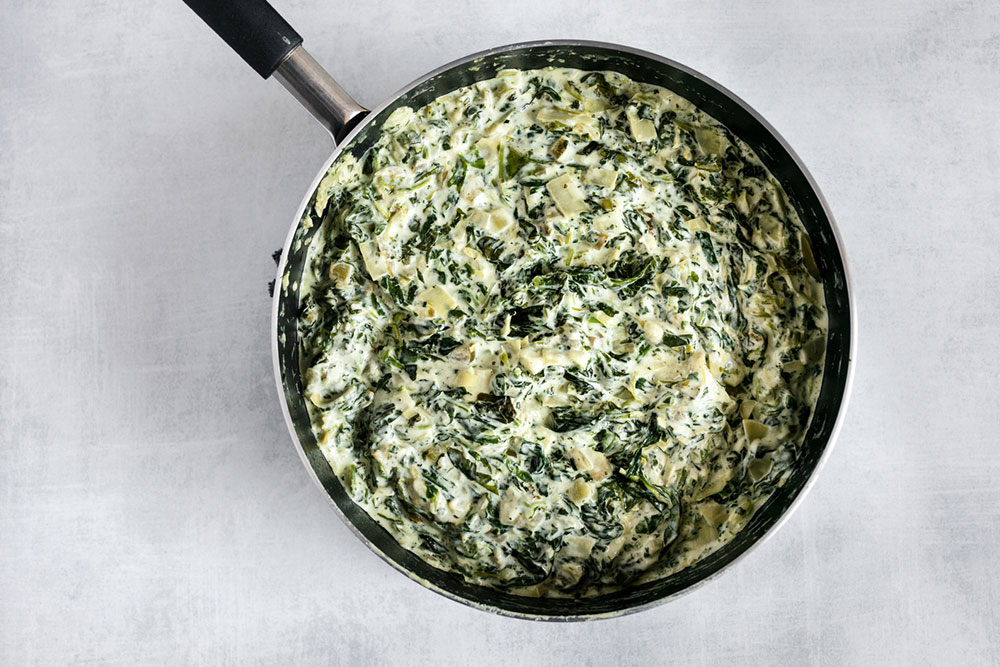9 foods that may help relieve migraine symptoms

A migraine episode may seem never-ending, so one must take measures to reduce its intensity and severity. Among other triggers, what one eats also influences the severity of migraine flare-ups. Certain foods, such as French fries, beef, and coffee, worsen migraines. On the other hand, some foods are deemed nutritious to help people with migraine combat their symptoms to a great degree. So, here are some key foods that may help relieve migraine episodes:
Spinach
Spinach is one of the best magnesium sources known to decrease or, in many cases, even prevent migraine flare-ups. Multiple studies conducted by the American Migraine Foundation directly link low brain magnesium levels with increased migraine risks in individuals.
Apart from combating migraines, spinach also helps the body in other ways, such as improving blood circulation, keeping the digestive system healthy, and facilitating smoother release of stools. Due to its multiple health benefits, one must consider adding spinach or other leafy green vegetables at least partially in daily meals.
Salmon
An essential nutrient the body needs for growth, development, and resilience is omega-3 fatty acids. These fatty acids are naturally occurring inflammation fighters. As is well known, inflammation is one of the core causes of migraine flare-ups and the condition. This is why consuming fatty fish such as salmon, tuna, and mackerel benefits people with migraines, as these foods contain essential omega-3 fatty acids.
In addition to countering migraine’s inherent inflammation, omega-3 fatty acids also reduce the duration of migraine attacks. So, when people with migraines consume fatty fish regularly, the seemingly never-ending suffering associated with the condition’s flare-ups is usually addressed relatively quickly.
Mushrooms
Riboflavin is a type of vitamin B that effectively treats migraines. Mushrooms are loaded with this vitamin, making them one of the best foods that help relieve migraine symptoms. Riboflavin helps to drastically reduce the headache duration, frequency, and intensity in migraine patients. Certain mushroom types also contain psilocybin, providing several long-lasting benefits for individuals with migraines.
Almonds
Like spinach, almonds are also packed with beneficial magnesium that helps reduce migraine severity. Apart from magnesium, these tree nuts also come loaded with healthy fats and fibers that enhance the growth and development of one’s body and optimize digestion and excretion. Like almonds, several other nuts, including hazelnuts and peanuts, contain beneficial elements to fight migraines. Almonds contain high degrees of omega-3 fatty acids, too. This makes them as good as fatty fish like mackerel, cod, tuna, and salmon for people with extremely sensitive and severe migraines.
Almonds’ huge list of benefits makes them a healthy snack or side dish for effectively combating migraines.
Kale
Like other healthy vegetables like broccoli and cabbage, kale is also packed with magnesium (as much as 32 milligrams in a single cup of chopped leaves). Kale contains plenty of fiber to seriously optimize one’s digestion and excretion of stools daily. An alternative to kale in terms of health benefits and anti-migraine elements is lemon leaves. One can make exquisite dishes like the Greek kale salad, sauteed kale, and kale chips, all of which possess all the benefits that kale brings for individuals who suffer from migraines and their long-lasting and painful flare-ups from time to time.
Yogurt hydrates
Migraine tends to cause gastrointestinal symptoms, including constipation and indigestion. This is due to the direct connection between the headaches brought about by migraines, constipation, and other digestion-related issues. Headaches often tend to cause dehydration in many people, and dehydration, in turn, goes on to cause a host of digestion problems. Yogurt hydrates help treat migraines by positively affecting them and their digestion-related issues.
Yogurt is a naturally occurring probiotic food that addresses issues like gut infections and disruptions and a distinct lack of hydration in people who suffer from migraines.
Broccoli
Among broccoli’s range of health benefits is its ability to fight migraine symptoms in premenopausal women dealing with the health condition. Menopausal migraines are a subtype of the condition that occurs two days before or three days after the onset of menses in many women. Broccoli’s phytoestrogens help oppose menstrual migraines to a great degree, especially during PMS.
Besides tackling menstruation-related migraines, broccoli also contains many elements like magnesium that are useful to keep the severity of migraine symptoms under check in individuals living with the condition. Therefore, if possible, one must include broccoli as much as possible in their daily meals.
Berries
Foods such as strawberries, blueberries, and raspberries famously have a whole host of health benefits. Sinus problems are one of the chief triggers of migraines and migraine attacks in people. Those with sinusitis are likely to have frequent, high-intensity, and high-duration migraine flare-ups. Berries help people combat sinus pressure and, by extension, many of the sinus problems that trigger migraines in individuals.
One can simply consume berries as a munch-on snack, as a side dish, or after crushing and blending, as delectable juices, smoothies, and regular food.
Dark chocolate
Chocolate (the one that contains refined sugars and milk) is one of the worst foods from a migraine standpoint. On the other hand, dark chocolate is one of the best foods to combat the condition and its flare-ups in individuals. Dark chocolate contains magnesium that helps fight migraine symptoms. Dark chocolate also helps people relax and decrease levels of stress. Stress is directly linked with migraine attacks, so consuming chocolate can be a perfect antidote to stress and migraines in individuals suffering from frequent migraine attacks.
Though not food, drinking enough water is essential to relieving migraine symptoms. While no definite amount of water suits everyone, it is advisable to start by drinking at least eight glasses of water daily. On the other hand, other foods beneficial to relieve migraine symptoms are Fiji, collard, and plenty of avocados.







